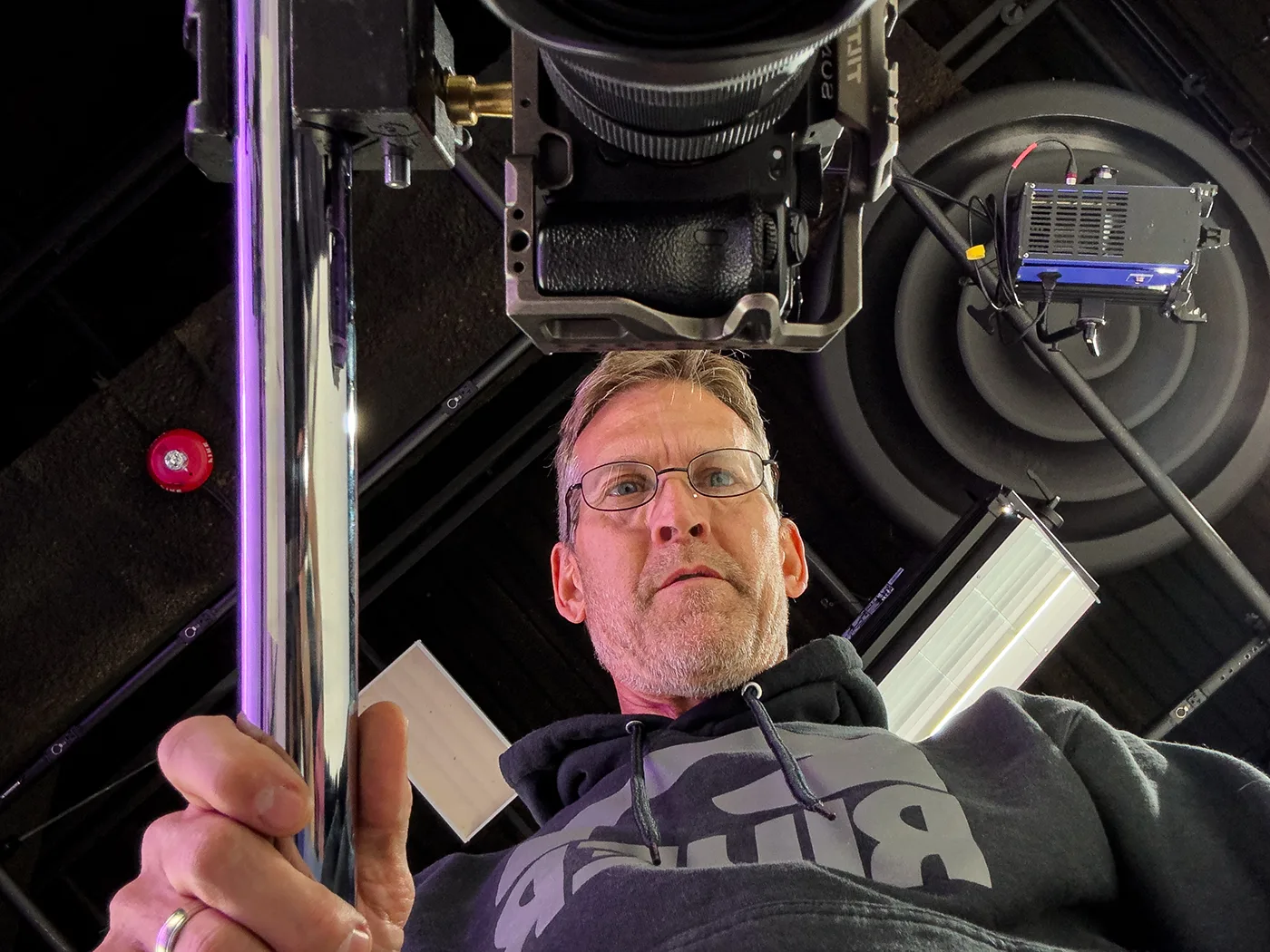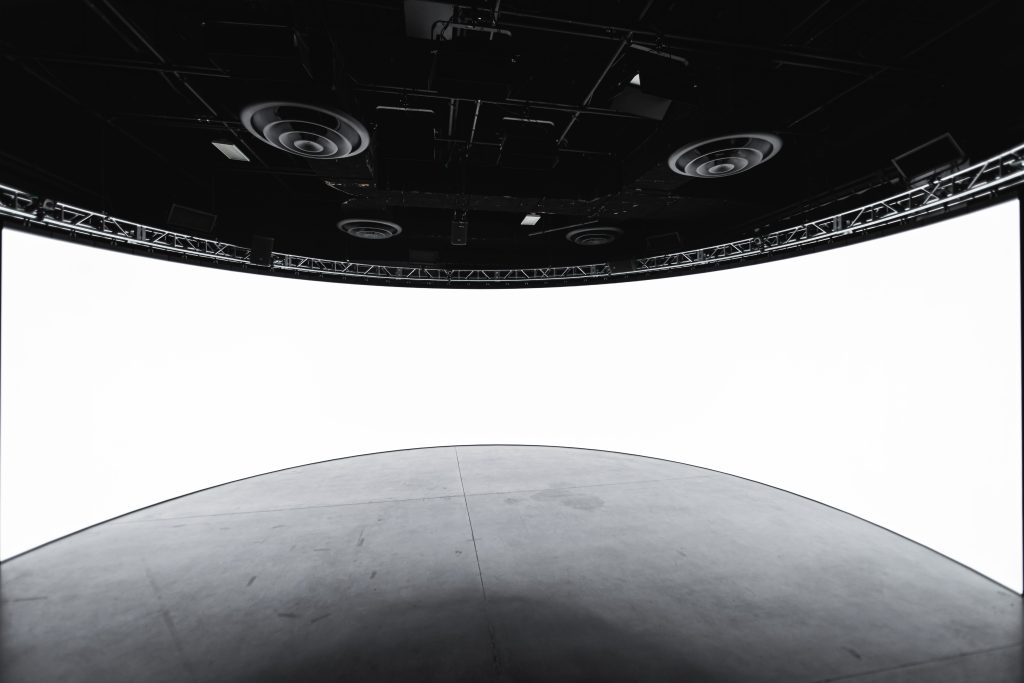I recently had the privilege of sitting down with seasoned cinematographer Kent Rich, whose lens has painted countless frames with visual poetry. This interview is a glimpse into the mind of a creator whose work transcends mere imagery. Explore his journey, from military service to mastering the artistry behind the camera. Join me in uncovering the secrets behind his cinematic expertise and discovering where his unwavering passion and skill are leading him next.
What led you to filmmaking in the first place?
Well, it’s a strange story, but it was completely by accident. I started out as a systems engineer working in the military, specializing in large-scale reconnaissance on a Boeing 707 equipped with various espionage listening gear. So, engineering stuff was a natural progression for me when I got out and I started working for data telecommunication companies. Fast forward to 2001, and I got laid off. I got another systems engineering job working for a speech recognition company, and within the same year they cut 40% of their staff, so I got laid-off again. Well, one day I went to watch the 8-millimeter films tapes that we had, and my camera was broken. I couldn’t watch it and I thought, if I’m in this position where my camera doesn’t work and I can’t watch any home movies, I wonder how many other people are affected by it. So, I considered starting a business that would transfer 8-millimeter film and 16-millimeter film- basically old media, old memories of any kind and move them over to the latest technology which was DVD at the time. I bought Photoshop and a computer. I learned how to edit and author DVD’S, create DVD covers. I worked with a karate school and began producing martial arts training films, and the more I picked up, the more gear I was able to purchase. I got a better camera, and that’s where I started picking up corporate clients. Little by little I started actually making a business out of it and survived by the skin of my teeth.
What do you feel is the most advanced skill that you’ve acquired while mastering your craft?
Leaning into creativity, specifically image composition. I had no creative background prior. I came right out of the high school, into the military, working engineering and then right out of that into system engineering with data telecommunication companies. I was self-taught with all of it. Composition, color, audio, even working with cameras. I found it was more fulfilling to tell stories and to help people get their message out, and I feel like I’m just getting started.
Any words of advice for people who are thinking of making film their career?
It’s all about the story. Gear can help enhance the look of the image and provide the quality- but there’s no replacement for telling a good story. We produced a series called “Ask The Question” for veterans in the state and one of those videos profiled a real-life example of how asking a simple question can literally change the life of a veteran and their family. It’s no longer than a brochure in an office or an email to a service provider. It’s a real story with real people and how lives change when they’re given the proper resources to cope with struggles they acquired while serving our country. When you combine music, beautiful imagery, and powerful messages together, it becomes more compelling and forces people to act on what they’ve seen.
What is the most rewarding production you’ve worked on so far.
Make-A-Wish is always rewarding. When working with Make-A-Wish, we take interviews, supporting footage, photos from the Wish Kid’s past, and whatever else can help us tell the story and we weave it into a compelling reason why the dollars given to Make-A-Wish are so treasured by the kids and their families. There’s no shortage of non-profits doing great things in their communities. Producing the video for Make-A-Wish helps people to know that the money they give makes a real difference. It helps kids who are struggling with a life-threatening illness forget about their struggles for just a little while. It also gives them hope in an otherwise hopeless situation, and it reaches beyond the wish child, but to the parents and siblings of that child.





